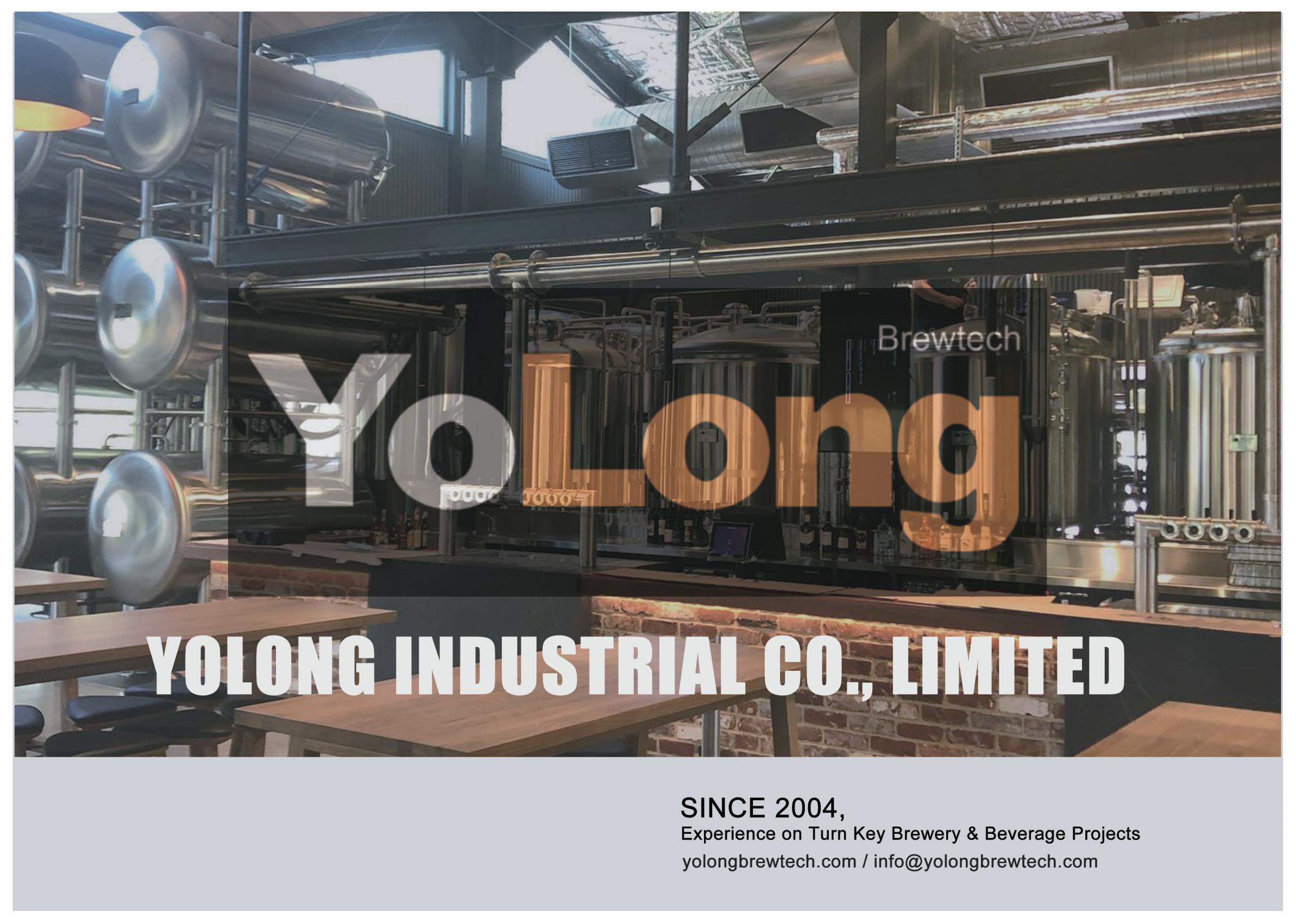Fermentation Brewery
Fermentation is the heart and soul of brewing. From crafting rich ales to refreshing lagers, a fermentation brewery transforms raw ingredients into liquid gold. Let’s dive deep into the world of fermentation breweries, exploring every aspect with a mix of conversational tone, storytelling, and structured information to make this an engaging and comprehensive read.
What Is a Fermentation Brewery?
A fermentation brewery is where the magic happens—it’s the phase in beer production where yeast converts sugars into alcohol and carbon dioxide. This process is what gives beer its unique flavor, aroma, and character. Think of it as the alchemy of the brewing world.
Picture this: You’ve got malted barley, water, hops, and yeast. The fermentation brewery takes these raw elements and orchestrates a symphony that culminates in the perfect pint. But how does it all work, and what makes a brewery excel in fermentation? Let’s explore.
Overview of the Brewing Process
- Malting: The grains are soaked, germinated, and dried to develop enzymes that will later convert starches into fermentable sugars.
- Mashing: The malt is mixed with hot water, creating a mash that extracts sugars, resulting in wort.
- Boiling: The wort is boiled with hops to add bitterness, flavor, and aroma.
- Cooling: The wort is rapidly cooled to fermentation temperature.
- Fermentation: Yeast is added, and the wort is left to ferment.
- Conditioning: The beer matures, developing its final flavors.
- Packaging: The beer is bottled, canned, or kegged for distribution.
The fermentation step is where the yeast works its magic, breaking down sugars into alcohol. It’s a science and an art that every brewer must master.
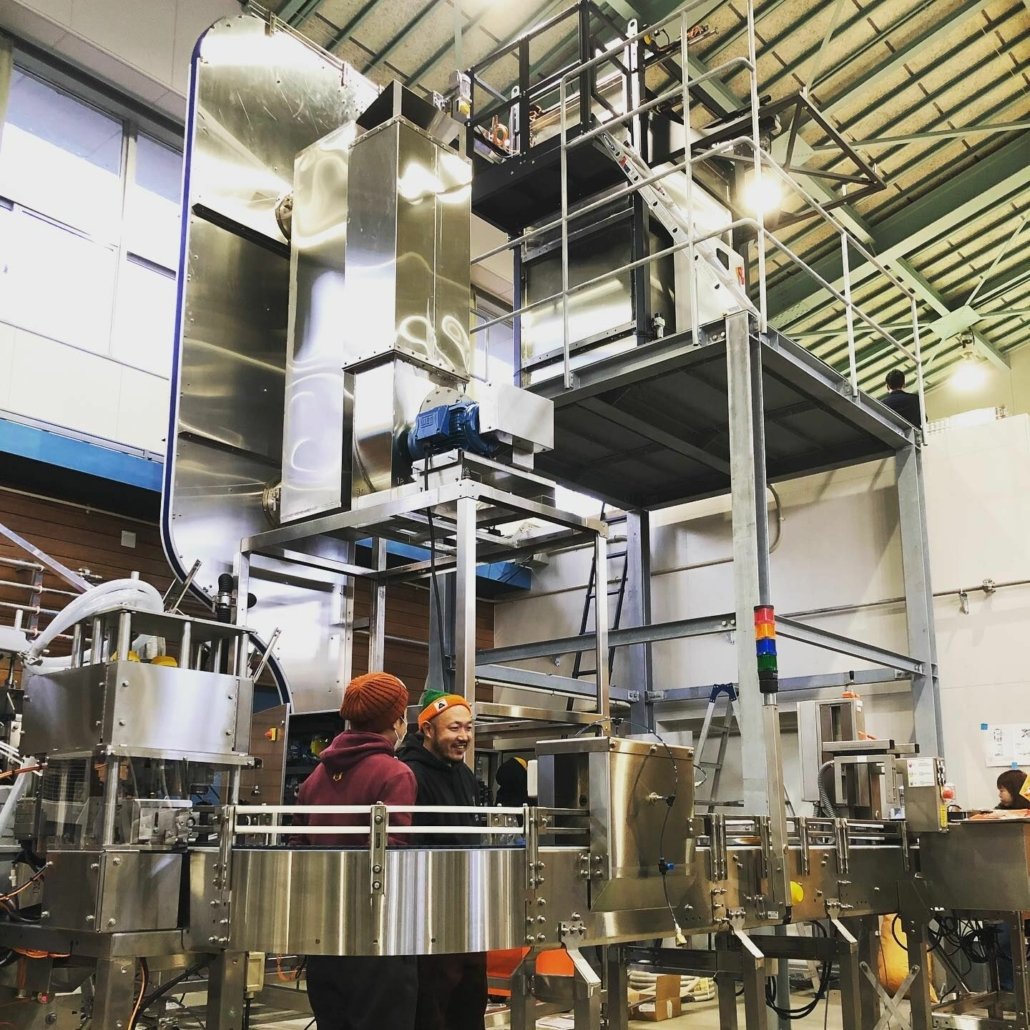
Troubleshooting Common Issues with Beer Fermenters
Even seasoned brewers face hiccups during fermentation. Here’s a rundown of common problems and their solutions:
- Stuck Fermentation: Sometimes, the yeast stops working before all sugars are converted. Causes include low yeast vitality, improper temperature, or insufficient aeration. To fix this, ensure proper aeration during pitching and maintain optimal fermentation temperatures.
- Off-Flavors: These can arise from poor sanitation, high fermentation temperatures, or over-pitching yeast. Regular equipment cleaning and precise temperature control can help prevent this.
- Over-Carbonation: If fermentation continues post-packaging, you may end up with overly fizzy beer. Accurate timing during bottling and consistent monitoring can mitigate this issue.
Key Parameters of Beer Fermenters
| Parameter | Details |
|---|---|
| Capacity | Ranges from small 5-gallon setups to massive 300+ barrel fermenters. |
| Space Efficiency | Vertical tanks save space; horizontal ones may allow for better stacking. |
| Design | Cylindroconical designs dominate for ease of cleaning and efficiency. |
| Customization | Options include pressure ratings, temperature controls, and finishes. |
Suppliers and Price Ranges for Beer Fermenters
| Supplier | Price Range | Special Features |
|---|---|---|
| ABC BrewTech | $1,000–$10,000 | Customizable sizes, integrated cooling jackets. |
| BrewMaster Equipment | $5,000–$50,000 | Premium stainless steel, automated systems available. |
| CraftBrew Supplies | $2,500–$20,000 | Economical options for small-scale brewers. |
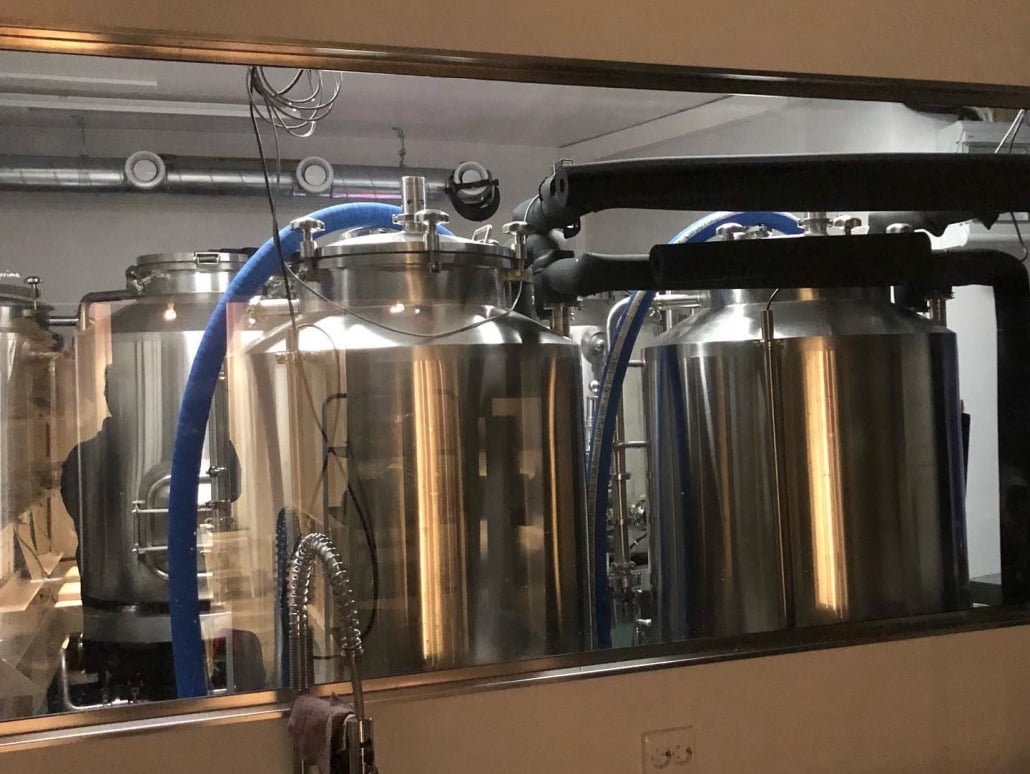

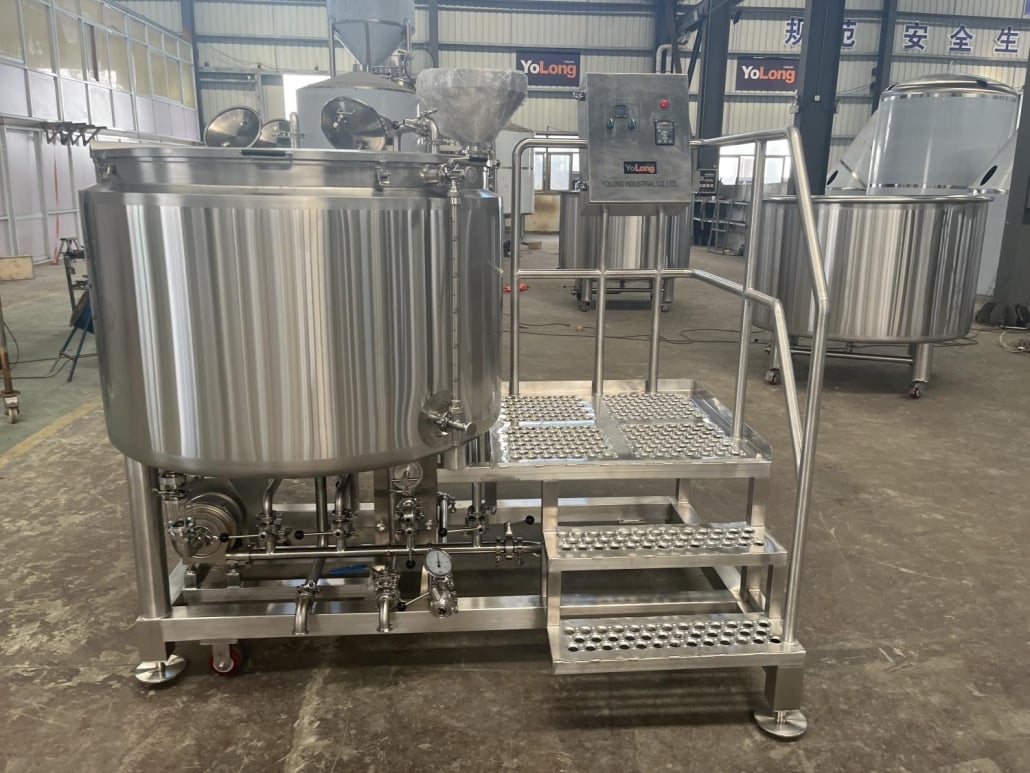
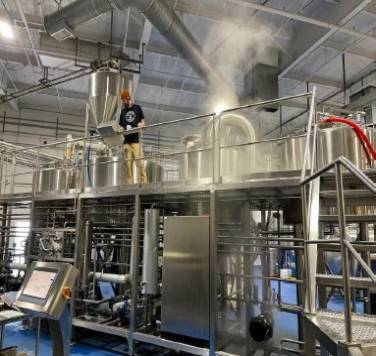
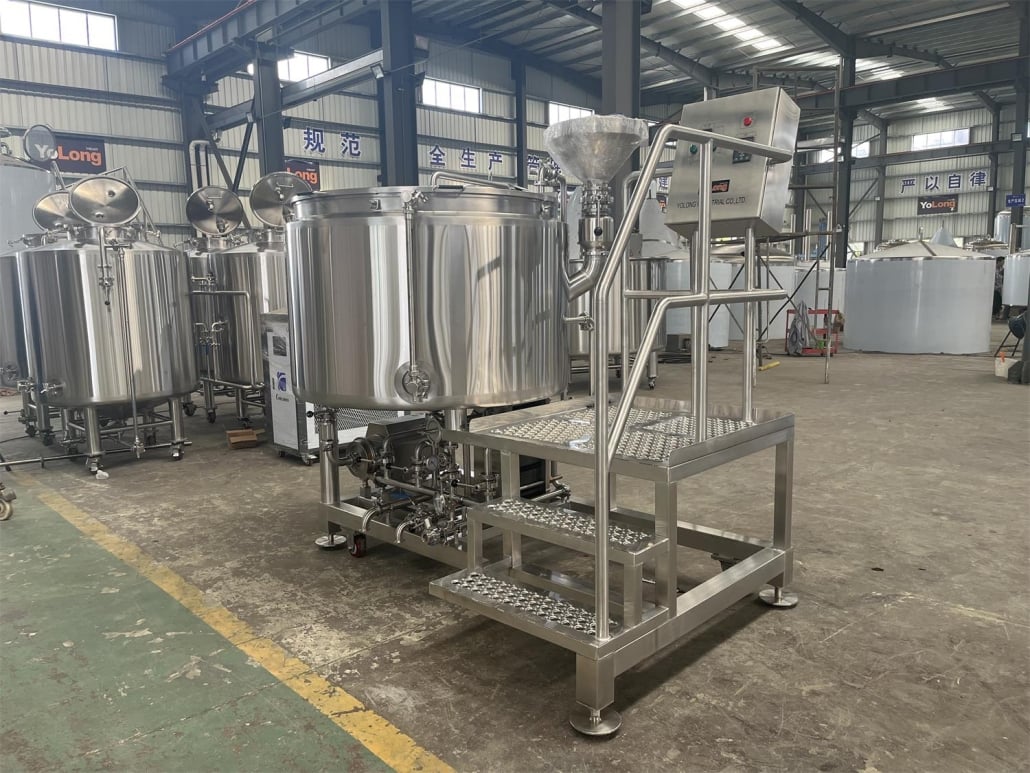
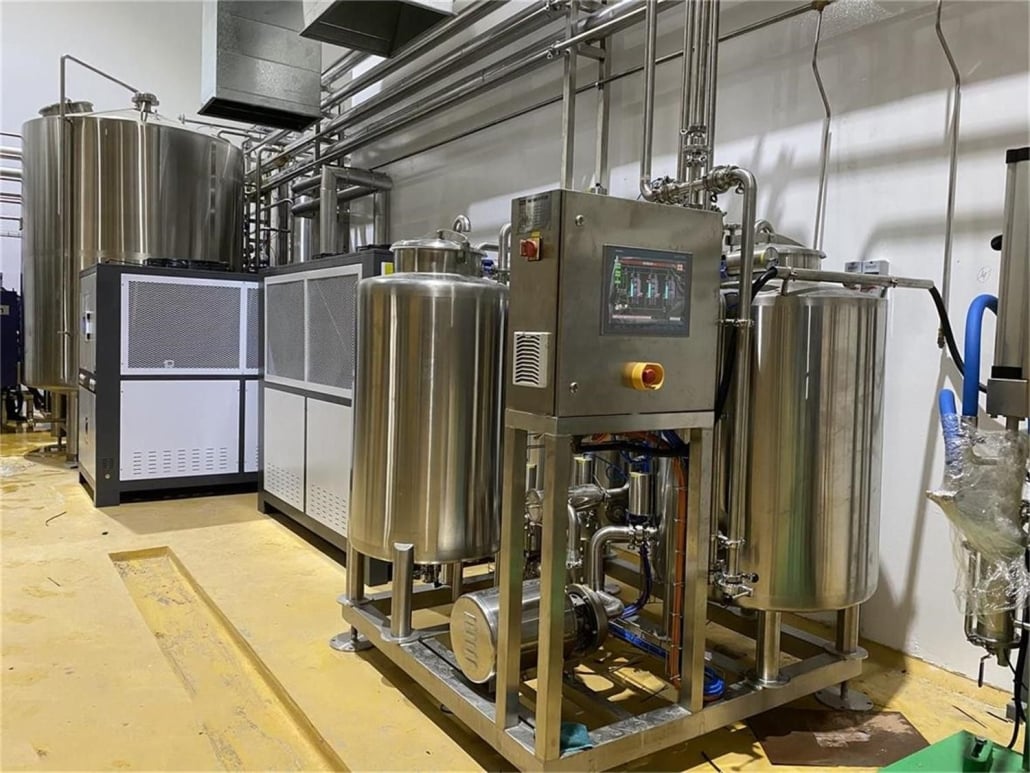
Installation, Operation, and Maintenance of Fermentation Equipment
| Aspect | Details |
|---|---|
| Installation | Professional setup recommended; involves plumbing, electrical work, and calibration. |
| Operation | Follow the manufacturer’s guidelines; ensure temperature and pressure controls. |
| Maintenance | Regular cleaning with CIP systems; periodic checks for leaks and corrosion. |
How to Choose a Supplier
Selecting the right supplier is a pivotal decision for any brewery. Here’s how to weigh your options:
| Factor | Considerations |
|---|---|
| Reputation | Look for reviews, testimonials, and case studies from other breweries. |
| Customization | Does the supplier offer bespoke solutions tailored to your needs? |
| Cost vs. Quality | Balance affordability with durable, high-quality materials. |
| After-Sales Support | Ensure the supplier offers robust technical support and spare parts. |
Advantages and Limitations of Fermentation Breweries
| Aspect | Advantages | Limitations |
|---|---|---|
| Production Scale | Can produce vast quantities efficiently. | Requires significant investment in equipment. |
| Flavor Control | Allows for precise flavor profiles. | Demands skilled labor and expertise. |
| Durability | High-grade stainless steel ensures longevity. | Maintenance can be costly over time. |
How to Operate a Fermentation Brewery
Operating a fermentation brewery involves understanding the delicate balance of science and art. Here are the steps:
- Preparation: Ensure the fermenter is sanitized and ready for use.
- Wort Transfer: Pump the cooled wort into the fermenter, minimizing oxygen exposure.
- Yeast Pitching: Add yeast at the correct rate and temperature to kickstart fermentation.
- Fermentation Monitoring: Regularly check gravity, temperature, and pH levels.
- Post-Fermentation: Transfer the beer to conditioning tanks or prepare for packaging.
Maintaining detailed logs throughout the process helps in troubleshooting and consistency.
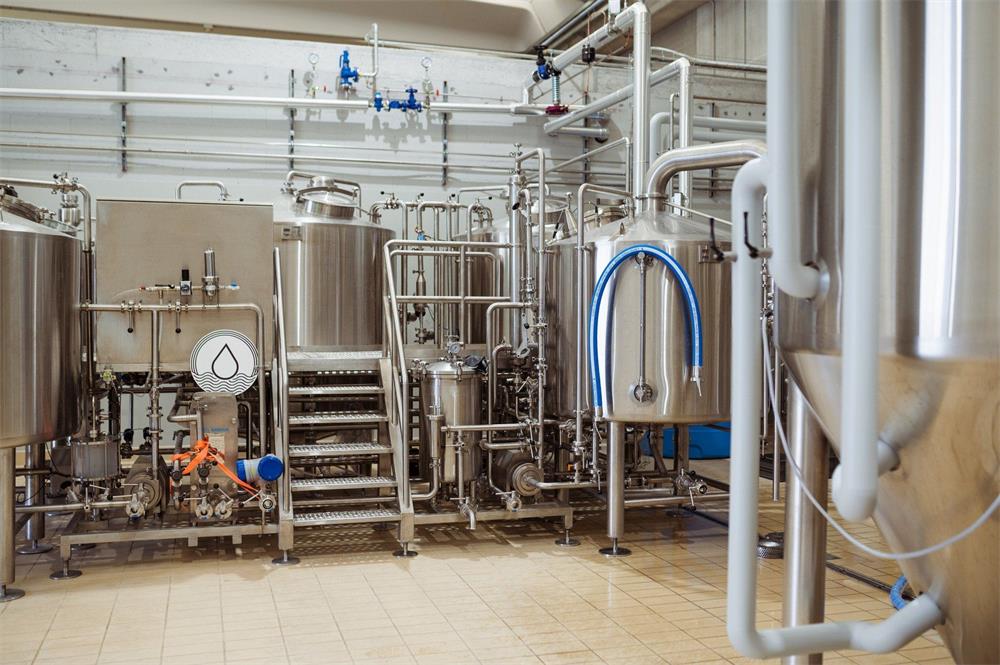
How to Clean a Fermentation Brewery
Cleaning is non-negotiable in brewing. Contaminants can ruin an entire batch, so proper sanitation is key:
- Pre-Rinse: Use warm water to remove visible residue.
- Chemical Cleaning: Apply caustic cleaners to dissolve organic material.
- Sanitization: Use an acid-based sanitizer to eliminate microbes.
- Post-Rinse: Rinse thoroughly with clean water to avoid chemical residue.
- Inspection: Double-check all nooks and crannies to ensure cleanliness.
FAQ
| Question | Answer |
|---|---|
| What temperature is ideal for fermentation? | Ale yeast thrives at 65–75°F, while lager yeast prefers 45–55°F. |
| How long does fermentation take? | Primary fermentation typically lasts 1–2 weeks, depending on the beer style. |
| Can I reuse yeast? | Yes, yeast can be harvested and reused for multiple batches if properly stored and handled. |
| What’s the best material for fermenters? | Stainless steel is the gold standard due to its durability, ease of cleaning, and non-reactive nature. |
Share this entry
Interested in learning more about Brewing Systems including additional details and pricing information? Please use the form below to contact us!
YOLONG BREWERY EQUIPMENT FAQS
- Commercial Brewery / Craft Brewery / Microbrewery / Nanobrewery
- What is The Difference Between Craft Beer and Industrial Beer?
- The Bespoke Differences In Custom Brewing Systems
- Everything You Need to Know About Kettle Souring
- How to Choose Brewing Equipment for Your business?
- How To Choose The-Best Partner To Build Your Commercial Microbrewing System?
- Two Detection Sensors That You Need To Use In Your Brewhouse System
- Remote Control Applications in Brewing Equipment/How does it work?
- How To Clean Your Brand New Brewery Tanks?

